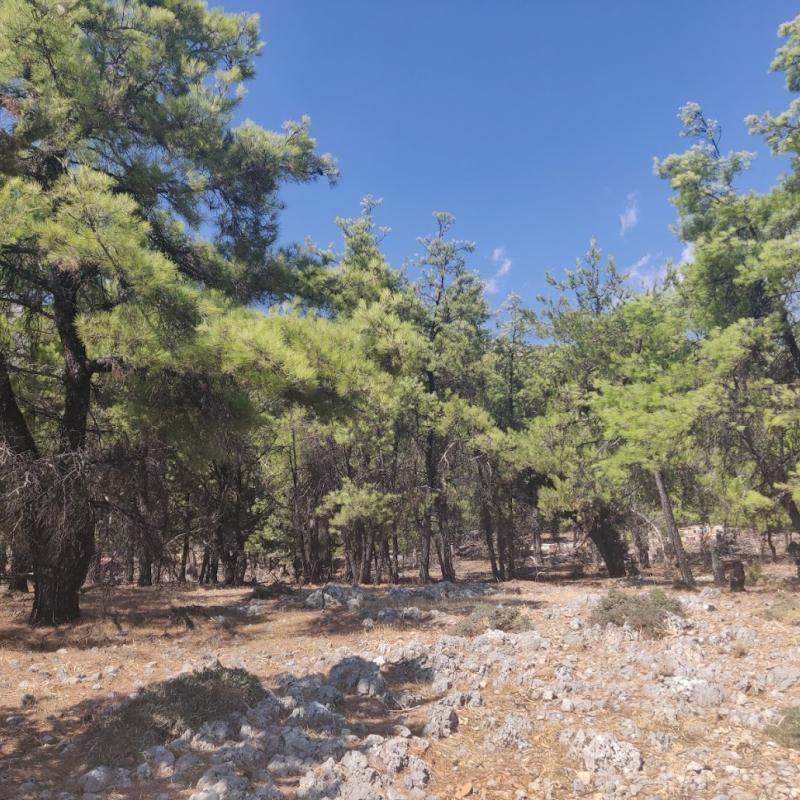Understanding the Impact of Climate Change on Ecosystem Structure in Mediterranean Open Forest

(optional) Suggested elective course(s)
- Thermal Infrared Remote Sensing: From Theory to Applications
- Advanced Image Analysis
The proposed topic is part of the WP2 of the 'Bioclima: Assessing Land Use, Climate and Biodiversity Impacts of Land-based Climate Mitigation and Biodiversity Policies in the EU.' The BioClima project, bolstered by the EU-China collaboration, aims to enhance biodiversity and climate monitoring by integrating advanced AI with ground-based and remote-sensing data systems
Ecosystem structure exhibits sensitivity to climate change. Monitoring ecosystem structure allows researchers to assess the impact of climate change on different aspects of biodiversity and provides valuable information and a baseline for adaptation strategies. In addition, establishing a baseline through ongoing monitoring schemes lays a foundation for conservation planning and contributes to our understanding of ecological processes. Remote sensing experts have extensively explored 'Ecosystem Structure as an Essential Climate Valiable (EBV )class. All EBV candidates that fall under the 'Ecosystem Structure' class could be retrieved using remote sensing biodiversity products generated from various remote sensing platforms. However, examining the contribution of terrestrial Essential Climate Variable (ECVs), such as Land Surface Temperature (LST), as a proxy for climate change (and abiotic stressors) and land cover change due to anthropogenic activities on 'Ecosystem Structure' remains relatively limited. For instance, elevated LST is frequently linked to extreme weather, such as heatwaves and droughts. Monitoring LST aids in pinpointing areas susceptible to intense heat events, enhancing early warning systems, and planning climate resilience measures. This task will focus on assessing the change in ecosystem structure in vulnerable ecosystems (e.g., grassland and forest) by evaluating their susceptibility to various stressors, such as biotic (e.g., invasive species, bark beetle infestation) and abiotic stressors or natural disasters (e.g., drought, heatwaves), by means of remote sensing-enabled EBV candidates.
Monitor and understand the impacts of climate change on ecosystem structures by applying EBVs and ECVs. This research emphasises the advancement of biodiversity and climate monitoring, mainly focusing on the challenges posed by climate change and biodiversity loss in specific vulnerable forest ecosystems. The study is part of the BioClima Horizon Europe project and includes the identification and utilisation of the EBVs and ECVs as a proxy for climate change. This includes assessing the effects of climate change stressors on ecosystem structure.
- Skidmore, A. K., Coops, N. C., Neinavaz, E., Ali, A., Schaepman, M. E., Paganini, M., ... & Wingate, V. (2021). Priority list of biodiversity metrics to observe from space. Nature ecology & evolution, 5(7), 896-906.
- Neinavaz, E., Schlerf, M., Darvishzadeh, R., Gerhards, M., & Skidmore, A. K. (2021). Thermal infrared remote sensing of vegetation: Current status and perspectives. International Journal of Applied Earth Observation and Geoinformation, 102, 102415.
